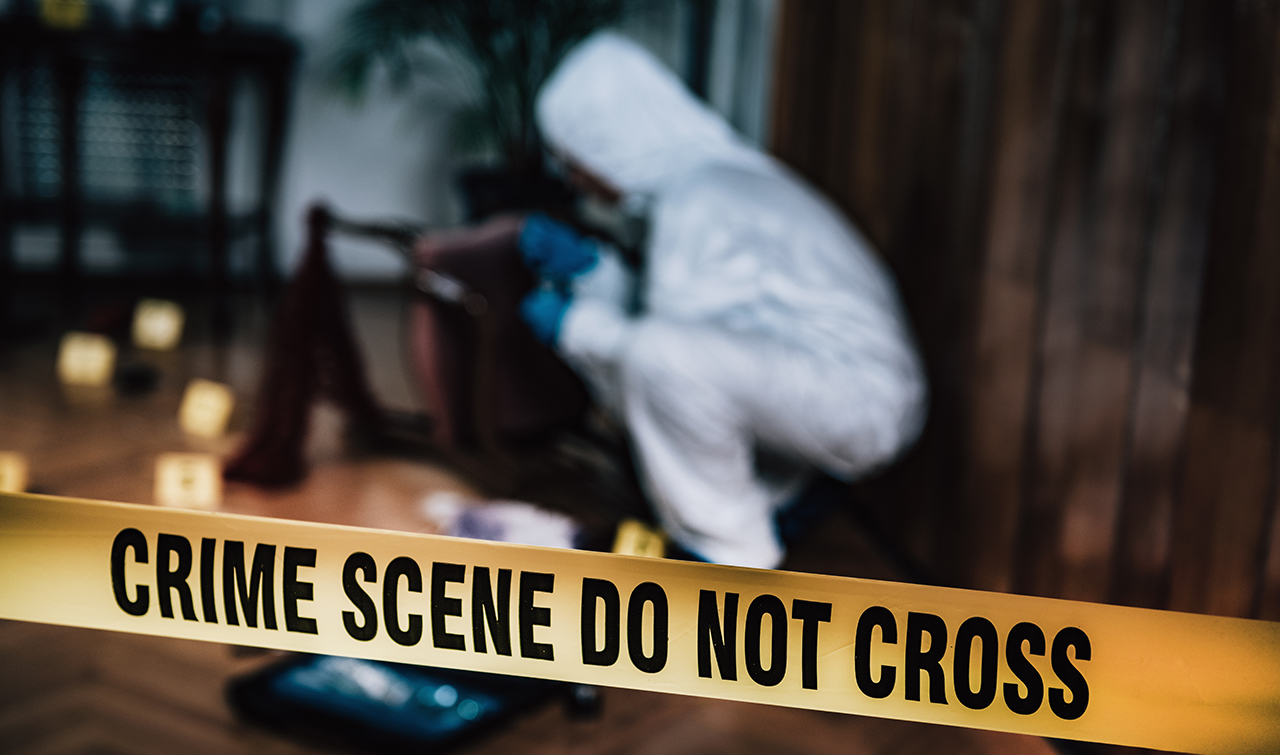Using Artificial Intelligence (AI) on ASTM standards and related intellectual property is prohibited. Violations will result in suspension of access.

By Rich Wilhelm
Oct 27, 2025
Perhaps you have watched popular television shows that feature first responders, but have you ever thought about how important standards are for police officers, fire fighters, EMTs and others who are dedicated to saving lives? ASTM International standards play a critical role in keeping first responders stay safe as they help us to stay safe.
Detective Tom Nolan, Montgomery County Detective Bureau, and 2025 ASTM Board Chair Cassy Robinson, join host Dave Walsh for a discussion of the standards that help keep firefighters, police officers, and EMTs safe.
Excerpt:
David Walsh: Are there any specific protocols and safety issues that might have been addressed by standards, or maybe just that you've seen in general? For crime scenes specifically, are there toxins in a scene that might have blood, that might be a violent crime, that's something like that?
Roadside scenes are almost the obvious thing that we all think of, where officers are in danger and cars are on a highway, things like that. But what about a crime scene sort of a situation for safety and protocol?
Tom Nolan: Yes, and it's twofold. We don't want to bring in any trace evidence into a crime scene, and we don't want to take any trace evidence out. So there's a lot of stuff that our crime scene technicians wear for that purpose, but it's also protecting them from the blood-borne pathogens.
There are a lot of standards, you know, it just talks about having a protective ensemble that when you kneel in blood, it's not going to penetrate through that protective garment and get to the end user. So I think there are standards that focus on the crime scene and specifically on the blood-borne pathogens. There are some testing issues with testing of narcotics and handling of narcotics that I think has a lot more safety protocols involved nowadays than they did in the past.
And unfortunately, most of that comes from some type of contamination issue or a medical issue that occurred because they weren't handled properly.
David Walsh: You just reminded me of a case I saw recently of an officer who was poisoned by fentanyl on a crime scene. Just the trace dust that touched her hands got her into a shock situation. Well, Cassy, you've been in your field for many years as well and in the past, you've mentioned 9-11 and Ground Zero efforts as foundational events for you. We've had conversations about this last year for your chair video for ASTM. You touched on it. How did standards shape those efforts back in 2001 and the cleanup effort going through 2002? And how have you seen things change during your time?
Cassy Robinson: Well, thanks for that question. In truth, to be honest, I did not know a thing about standards back then when we were at Ground Zero. But shortly after that, within just a couple of years, because of that work, that led me into responder equipment standards.
So, back in 2001, I didn't have any standards knowledge. However, just thinking back over that time, in terms of technology and standards, things have changed dramatically. Just in general, but also with responder standards.
But just in general, think about it. That was less than 25 years ago. And two things that come to mind of really life-changing technologies that almost nobody had back then, and everybody has now, are cell phones and the internet.
And those things weren't widely available back then, and maybe not available until about 20 years ago. We can't imagine doing life without them today. And everybody uses them because they're reliable and work consistently.
And that's because there are standards for those technologies. So focusing on responders in particular, I think one of the most important advances in standards that has shaped technology are the ASTM response robot standards. And the need for those standards came directly from our experience with Ground Zero following the terrorist attacks.
So when our team, we went to Ground Zero, and when we went there, we took a couple of different robots, very simple ground robots with tracks and wheels. They did not work at all. What we tried to use them for, what we thought we could use them for, was to go into the destruction where the buildings had collapsed.
But they just weren't able to navigate that. They weren't equipped for it. And these are old robots.
And forget drones, we didn't even have those. They weren't available until about 10 years later. So anyway, all of that led to the Department of Homeland Security funding a project in partnership with ASTM International and NIST, the National Institute of Standards and Technology, to develop response robot standards.
And that work's been a game changer for advancements in all kinds of robots. I mean, if you take a look at YouTube and look for quadruped robots, you'll see what performance standards have done to advance those robots. And ASTM test methods for drones, they've not only improved the drone capabilities themselves, but they've also been used to train drone pilots and to improve their proficiency and demonstrate their proficiency.